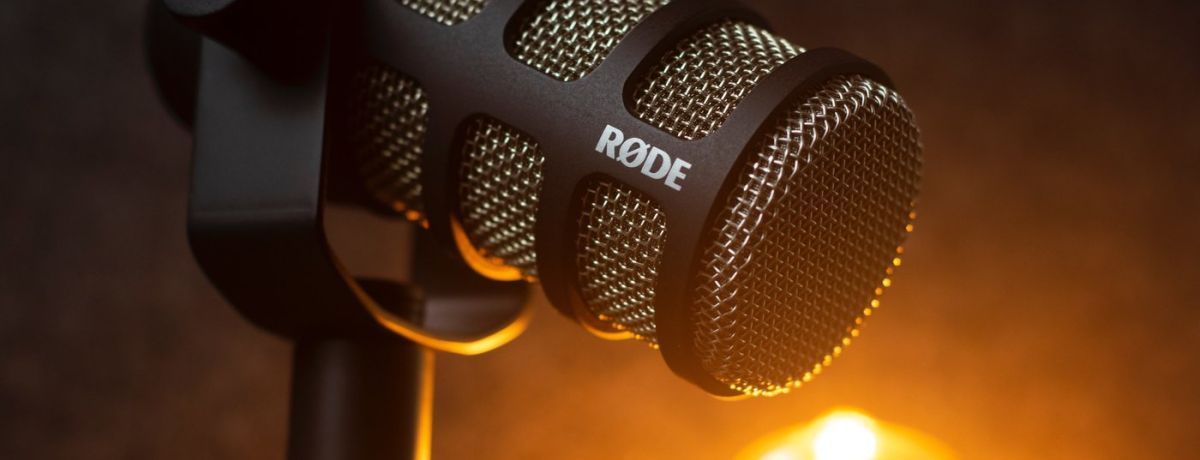
Your Comprehensive Guide To Starting & Sustaining A Growing Podcast
Looking to start a podcast? Are you wondering how to go about it?
Look no further as this master guide and checklist will you help you to get started and grow your podcast platform.
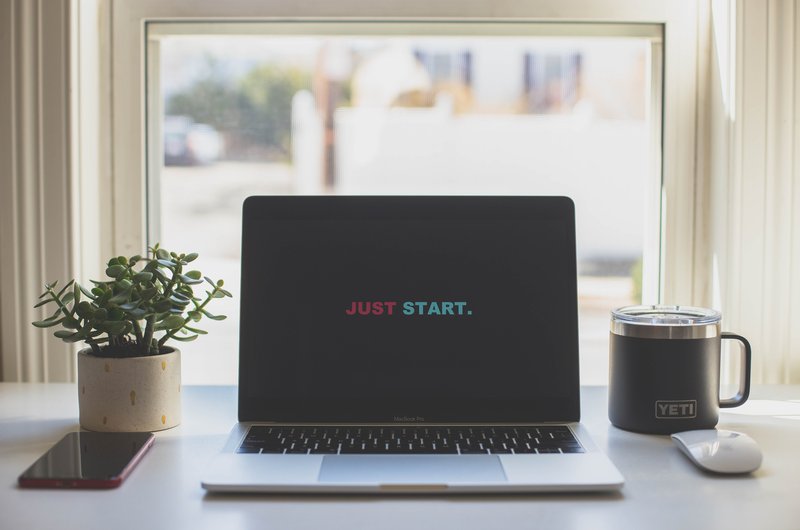
Should I Start A Podcast? Audience, Purpose, and Vision
Everyone should have a creative outlet.
Some should move towards blogging, and for others, a Youtube channel. For many, podcasting is the way forward. As an evolution of radio, podcasting takes the audio format on-demand with unlimited possibilities for creation, collaborating, and sharing.
Podcasting also provides an opportunity to teach and inspire other people. It allows us to learn and grow. It provides an opportunity to develop a business, earning an income from developing and growing this audio-based medium.
To get clarity on whether or not you should start a podcast, you'll need to clearly identify your personal and professional goals and then ask yourself; how will podcasting help you accomplish those objectives? Perhaps another medium like writing books, speaking at events, or creating comic books may be a better channel for you.
If podcasting is the appropriate medium, the subsequent question will be, are you willing to FULLY commit to the endeavor?
The remaining sections of this article will help you understand the requirements and potential so you can make an informed decision on whether or not you should proceed.
If you do proceed, consider starting with an episode goal (1 episode per week for a year) and working towards fulfilling it. Once you accomplish the goal, evaluate the experience and see if it's something worth continuing or stopping based on if it's moving you towards your personal and professional aims.
My primary reason for podcasting was to create an outlet to share (learn and teach) and develop my message. It's also become a great way to gain exposure to other networks and develop links back to my site (for stronger SEO). My hope is that it could eventually be a platform that, in part, financially sustains me.
How To Easily Start Podcasting — Anchors Aweigh
After blogging over 400 articles since I re-launched this website in 2014, I wanted to explore podcasting. But, I didn't want to start podcasting until the process was so easy, that it would be silly not to do a podcast. This ease primarily revolved around the recording (via Zoom), publishing, and distribution of new podcast episodes. When Anchor arrived on the scene, it was exactly what I was seeking. The one thing it was missing was the ability to trim audio in the app, but they eventually added the function.
My first episode was published in 2018. I published one more episode in 2018 and two more in 2019. These were small experiments to explore the possibilities of podcasting.
After these tests, my plan was to launch the podcast and consistently publish new episodes in 2021, but when the pandemic hit and I was uncertain of how it would affect me, I pulled the trigger and moved the project forward. In 2020, I published 33 new episodes of the podcast. 22 new episodes were published in 2021 and 10 new episodes have been published in 2022 to date, for a total of 68 podcast episodes.
Anchor made it easy to create the show, add music to my intro and outro, published the episodes, embed episodes on my website, and send the episodes to different distribution channels (Spotify, Apple, Google, Overcast, Amazon, Castbox, Pocket Casts, RadioPublic, and Stitcher). It also has analytics and systems for monetization (ads, sponsorships, donations, and subscriptions).
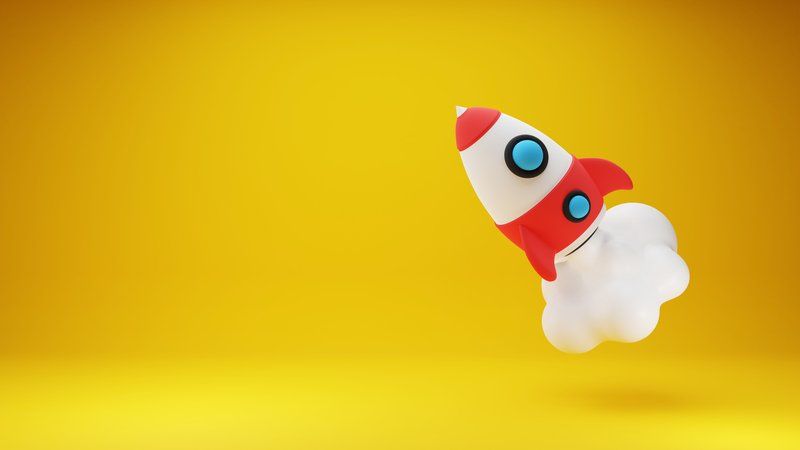
Podcast Show Creation Launch Guide
If podcasting is on your horizon, here's a list of items you'll need to work through to get the show launched.
What Type of Podcast?
Will you monologue, have a discussion with a co-host, interview guests, or produce dramatized episodes?
Figure out which type or types of episodes you'll want to produce for your show.
Consider multiple episode types. If you're like me, you'll want to produce different types of podcast episodes. My podcast includes a variety of episode types including inspirational people interviews, book discussions, listen-to-learn, training webinars, and blog readings. Keep in mind that having a variety can make it more challenging for setting expectations, executing, and growing an audience.
Show Name & Slogan
Either the name or slogan should have a catchy compelling hook. The other should clearly state the message of the show. My podcast name was originally Grow Your Life, but I ended up changing it to Share Life to match my personal mission statement. The slogan ended up as Systems and Stories to Live Better and Work Smarter which reflected the type of content I focused on in my blogging.
Show Cover Graphic
Once you've nailed down the name and slogan, hire a graphic designer to make your square cover image. Keep in mind that this image will often be a small square on mobile devices so you want to keep it simple and the text large. Use your brand colors to keep consistent. Leverage a personal image to foster a connection or use a unique graphic to quickly allow people to recognize your show.
Podcast Show Cover Graphic Examples
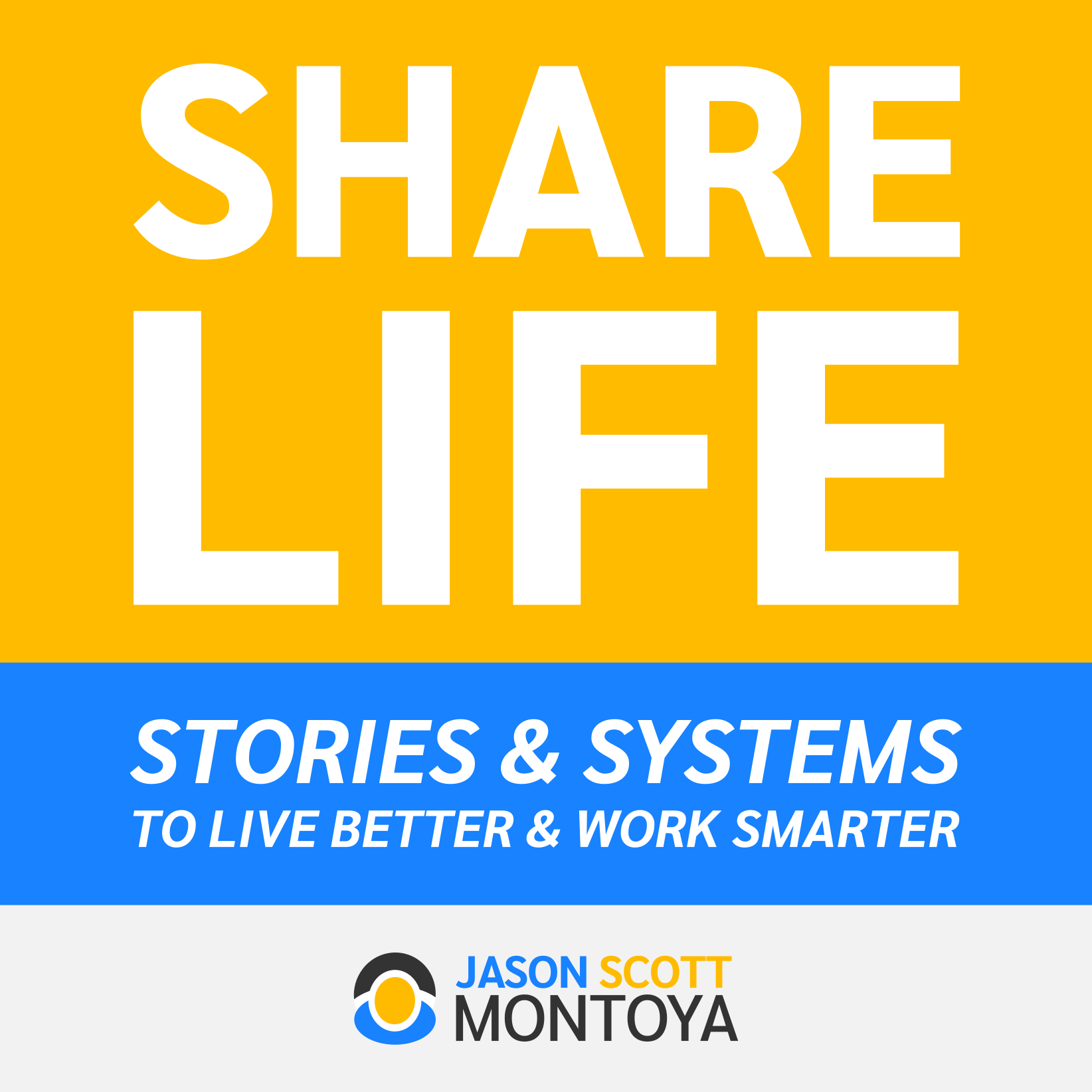
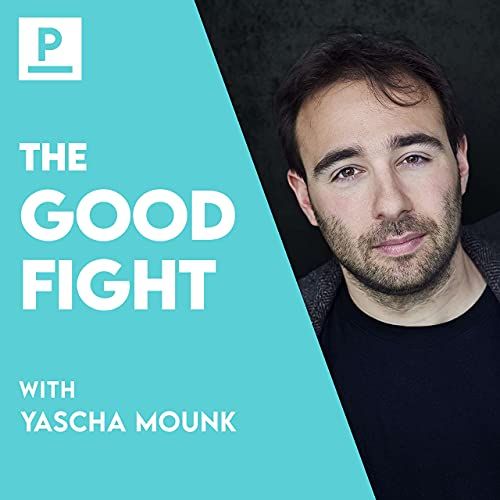
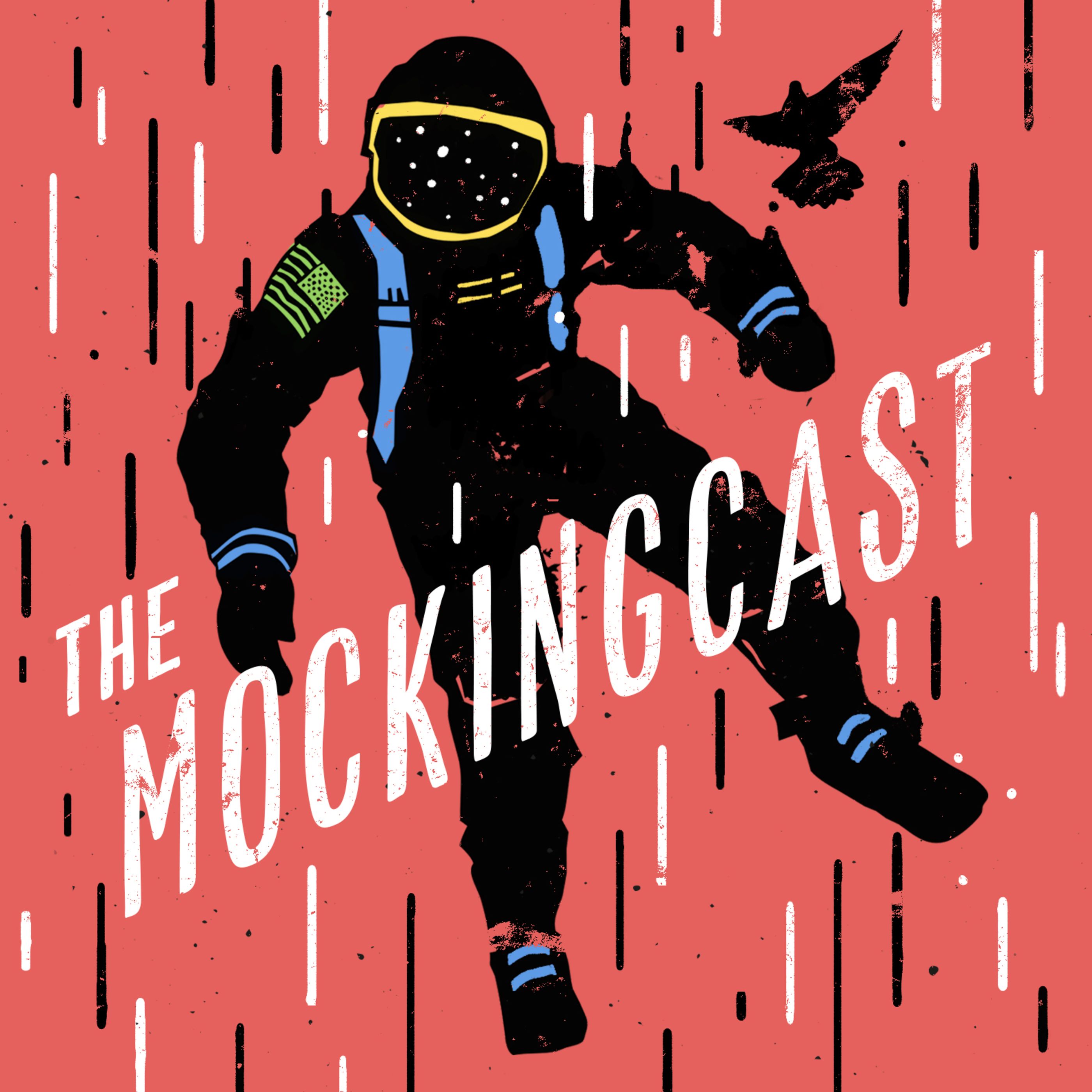
Show Description
For those interested in the show, come up with a powerful 2-4 sentence show summary that describes what the show is about, who it's for, and the value they'll derive by listening.
Show Intro & Outro
Depending on the show's aim and episode type(s), you'll likely want a show intro and outro. This is something you could record yourself, or you could tap into a professional voice-over talent to bring it to life. Easily add some music using Anchor or leverage your audio editing system to integrate your preferred music.
Program Promotions & Ads
If you have your own books, courses, or a membership community, record a short clip to inject at the beginning, middle, or end of your podcast to help promote those programs. The more organic you can make these clips with the show's production style, the better!
Podcast Show Home Base
To help people find your podcast, and extend the reach, set up a website or landing page — if you already have a website — dedicated to your podcast.
Include the following podcast show elements on your page.
- Podcast cover photo
- Podcast name and slogan
- Podcast description
- Links to the podcast on different platforms
-
A list or grid of all podcast episodes
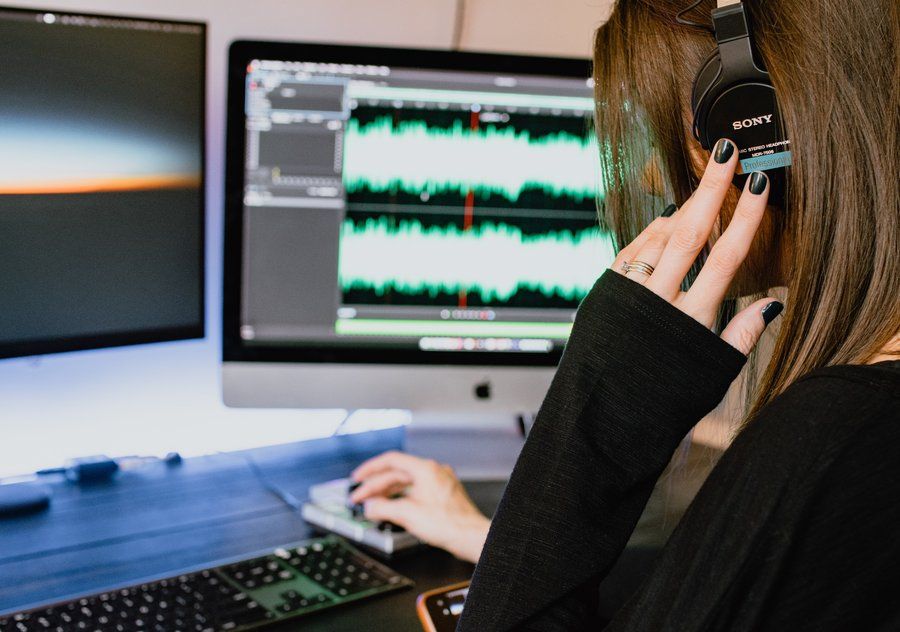
Podcast Production App Stack
To make the podcast happen, you'll need multiple software applications to bring all the pieces together in a quality way. Here are the apps I use.
Required Apps
To podcast, you'll at least need a recording and publishing platform.
-
Publishing Platform - Anchor (Free): Anchor handles recording audio, publishing, and distributing the show episodes. For each episode, I simply upload my audio file, and the title and post my description. Publishing can be done immediately or it can be scheduled for a later time. Anchor also allows for using Spotify's polls and Q&A function (as Anchor is now owned by Spotify). Anchor also allows for audio to be trimmed, an intro and an outro to be easily integrated with music. The episode audio can also be altered at any point before or after publishing (like adding promotions later on for current marketing campaigns). Alternatives to Anchor include Transistor, Libsyn, and RSS.com.
-
Recording Platform - Zoom (Free + Paid): Since I want both audio and video, I use Zoom for easy recordings. It makes it super simple for me to record and creates both a video and audio file after the call is concluded. I simply upload the audio file to Anchor and the video file to Youtube and I'm published. There are other recording options like Riverside that are worth exploring too.
Additional Optional Apps
If you want more control or need to rectify unexpected recording issues, you'll want editing systems for both video and audio. Here's what I use.
-
Video & Audio Editing Platform - Davinci Resolve (Free): Since I publish both video and audio, I'll usually use Resolve when editing the episode so I can easily export both formats. I've had kids (mine or the guest's) come into the room when we're recording and Resolve lets me quickly delete a segment (cut). Descript is another option (Thanks Chris Mattison for the tip).
-
Audio Editing - Audacity (Free): If I need to fix the audio in a way that I can't address in Davinci Resolve, I'll use the open-source tool, Audacity. It's more of an advanced resource, but it's a useful one for certain occasions.
-
File Conversions - Handbrake (free): On occasions, I may have to convert an audio or video file into a smaller version. Handbrake is my go-to tool for this task.
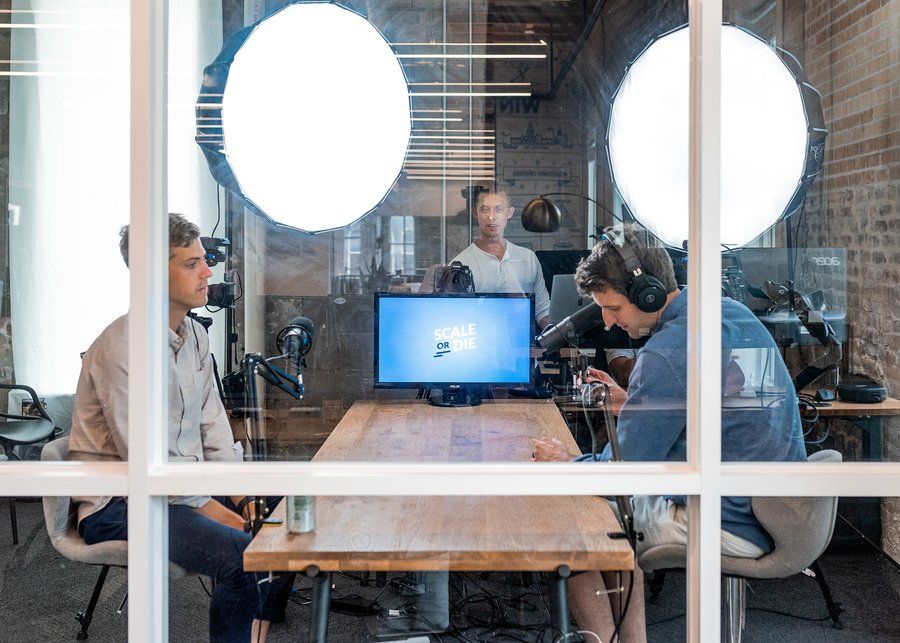
Making The Podcast Episode Happen
There are multiple steps to producing a podcast episode and that includes preparing, recording, and promoting the podcast. Here's a brief summary of these steps, biased towards the types of episodes I produce for the Share Life podcast.
Podcast Recording Preparation
The preparation activities are going to differ based on the type of podcast you produce, but this should provide a helpful guide either way.
-
Invite & Scheduling: If you're interviewing someone as I do on my show, you'll need to reach out and schedule the time. This can be as simple as email correspondence. You can also leverage a platform like Calendly to make the scheduling more seamless.
-
Episode preparation: Interview Questions (Custom or Templated): For my Inspirational People interviews, I have a templated list of questions I ask every guest. I simply bring this list with me to the conversation and ask away. For book discussions, I compose custom questions and ideas for the conversation so it takes more time and research to pull these together. Ideally, I can provide these to the guest ahead of time for further refinement.
-
Introduction: In my podcast, I'll start the episode by reading an introduction of the guest that I've prepared. I'll usually run this by the guest ahead of time (by email or by reading before we start recording) to get any tweaks they want to be made.
-
Paid Zoom Package for multiple people interviews: If you're recording on zoom with more than 2 people for over 40 minutes, you'll need the paid version of Zoom. If you are halfway into your interview and realize you need this, you can upgrade during the call and it will immediately give you permission to keep going (I've had to do this twice, haha). Also, make sure to have your zoom video settings on HD so you get the highest quality video recording (unless you don't plan to use the video for publishing).
Producing the Podcast Episode
With your preparation done, you'll simply need to record the podcast session. Make sure to hit record before you start and keep an eye on the recording indicator in case you forget and need to restart the interview.
If you have issues or plan to spruce up the interview, pull it up in your editing platform and make the edits. If you're seeking to monetize your podcast with ads and sponsorships, make sure to incorporate those clips into the podcast.
Anchor makes it really easy to add all the audio clips in the order you want them without needing an editing system.
Post-Publishing Podcast Promotion
Podcast Episode Home Base
Once I'm finished with the podcast episode recording, I move into promotion mode. This starts with creating a page on my website for the episode. This page will be my episode home page and the link I use to promote the show episode on social media. Here's an example from the Rocket IT podcast of this home base page done well.
You don't have to create all of these items early in your podcast's life, but eventually, you'll want to move towards including them all when you're podcast process is humming away and the show is growing.
-
The unique page or blog post
-
An episode summary
-
Conversation highlights as bullet points
- Relevant resources and links
-
The episode transcript (use Temi to streamline the process)
-
Embedded audio version
-
Embedded video version - if applicable
-
Podcast distribution links - include links to Youtube, Pocket Casts, Stitcher, Itunes, Spotify, and Google Podcasts to make it easy for people to find your show on their preferred platform.
- Graphics for social media sharing (Facebook, Twitter, Pinterest, & Instagram)
I'll use the information from my episode home base to include on the Youtube video and Anchor episode description box (which gets pushed to all the channels automatically). I will also include a link to the page hub on the audio podcast and the video uploaded on Youtube. These links to your site also help with your SEO authority which helps you get more traction on the search engines.
For social media, simply share the post link with a note.
In my experimentation with posting clips to Instagram reels, I've been able to reach a much larger audience, but that viewing audience has failed to translate into social media follows or podcast subscribers so I'm skeptical about doing it for each episode at this time.
Technical Tips & Tutorials
There have been a few occasions where the recording levels of me and my guest were so dramatically different it made it hard to hear one person or the other one too loud (depending on the listener's volume).
Using Audacity, I was able to use Chris's Dynamic Compressor on the audio file. After I compressed it, I ran the normalize function and it smoothed out the audio levels to make both users about the same.
On multiple occasions, I've edited my podcast in Davinci Resolve and when I exported the audio was mono which means headphone users can only hear in one speaker (which is uncomfortable for listening). If this happens to you, here's how to fix it.
In Davinci Resolve
Additional Resources
Critical Mass in Podcasting
I knew it would be a huge struggle to get there, but this would be the light at the end of the tunnel I could reach for. Knowing I just have to get that far, then it's all down hill.
How to Start a Podcast STEP-BY-STEP | Complete Tutorial
More Resources
Cover Photo by dlxmedia.hu on Unsplash